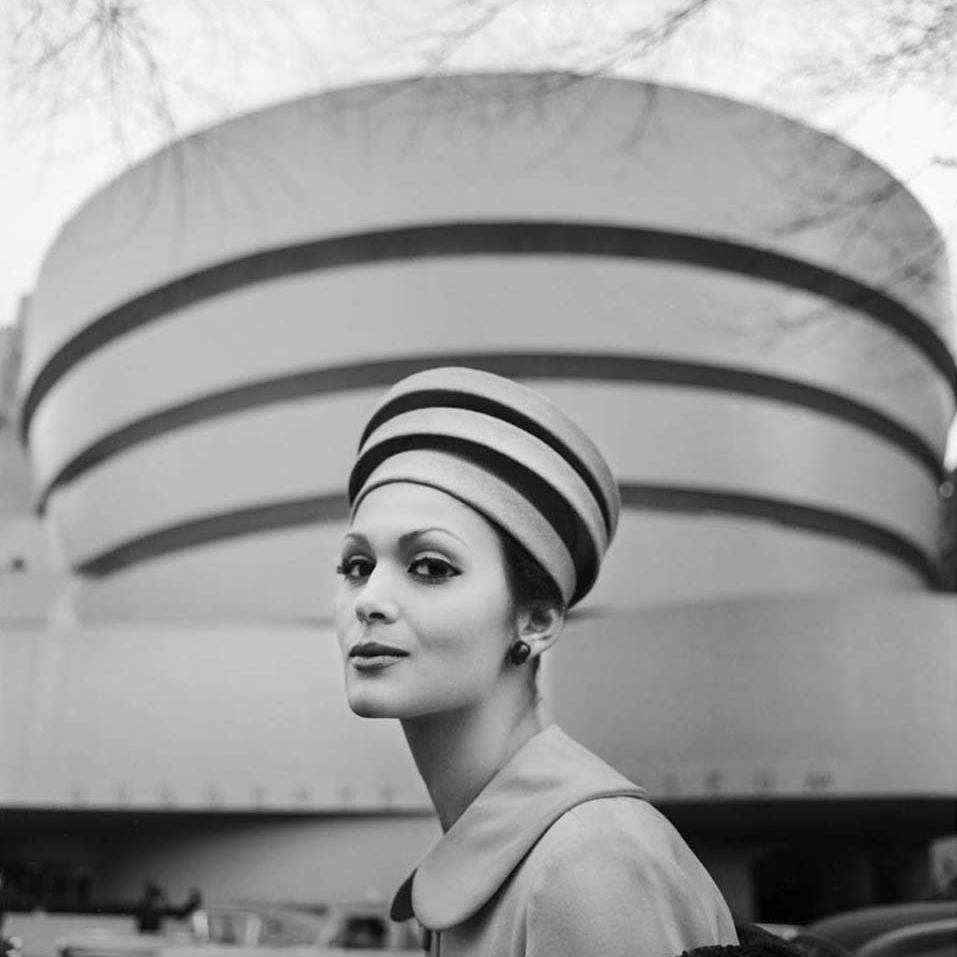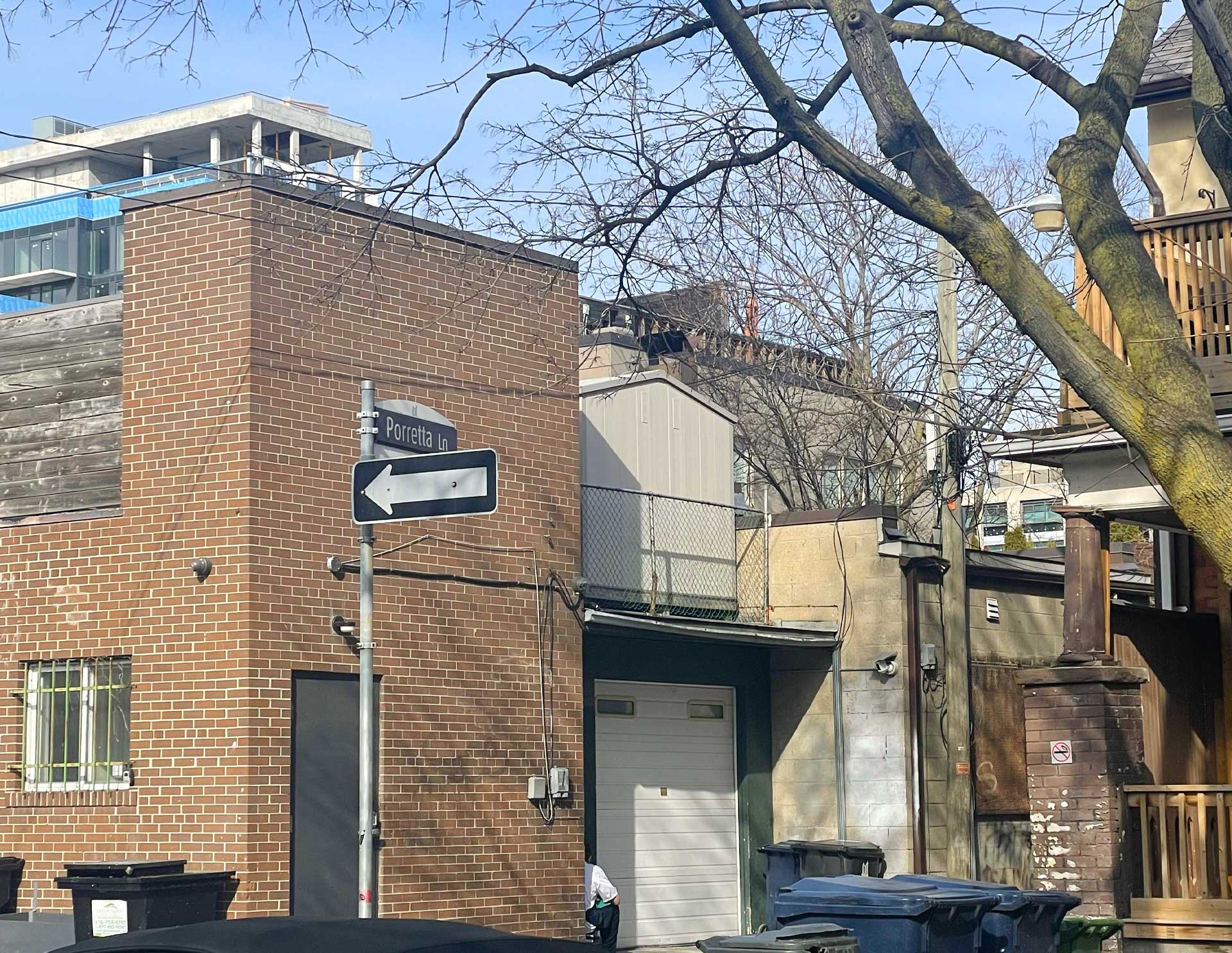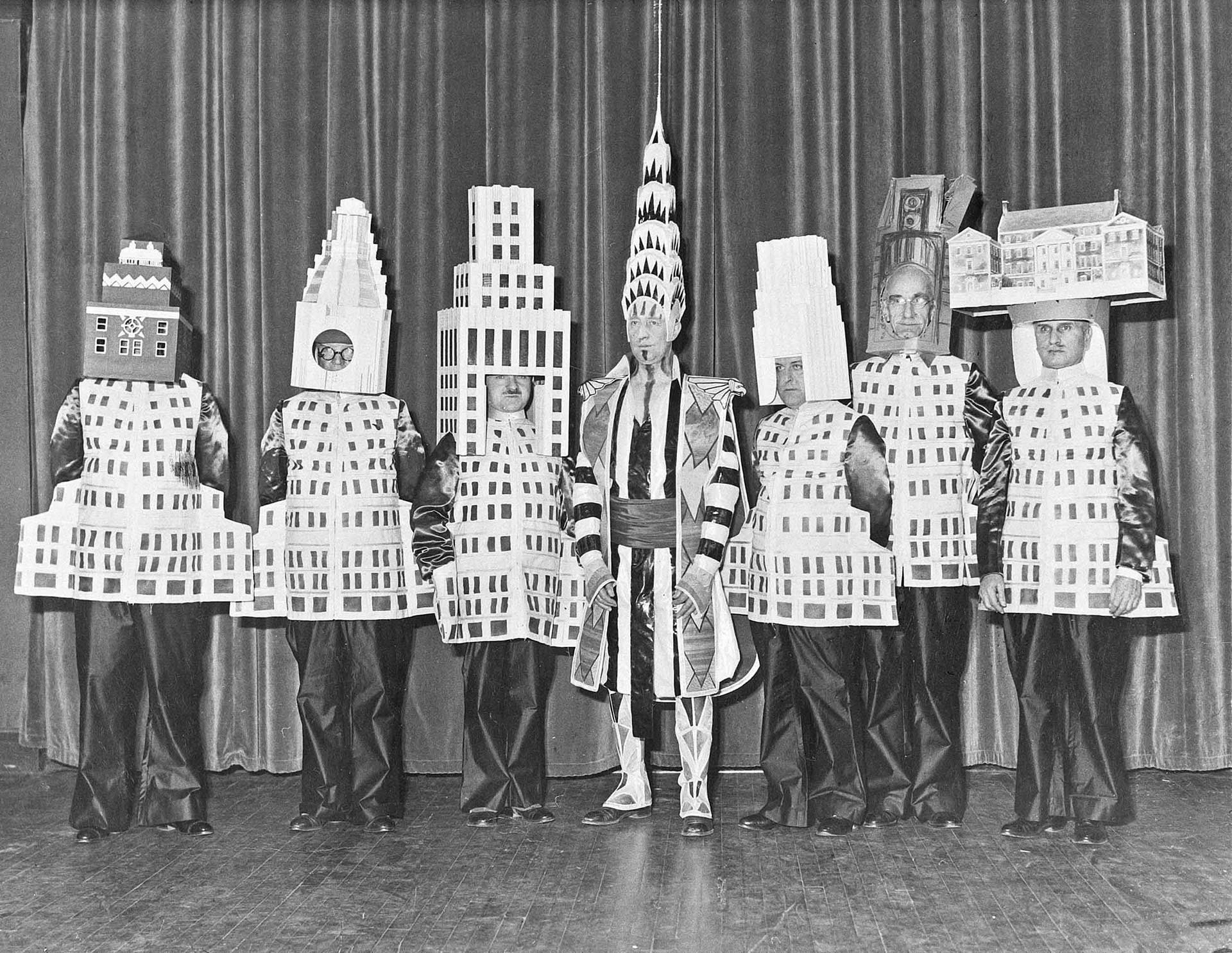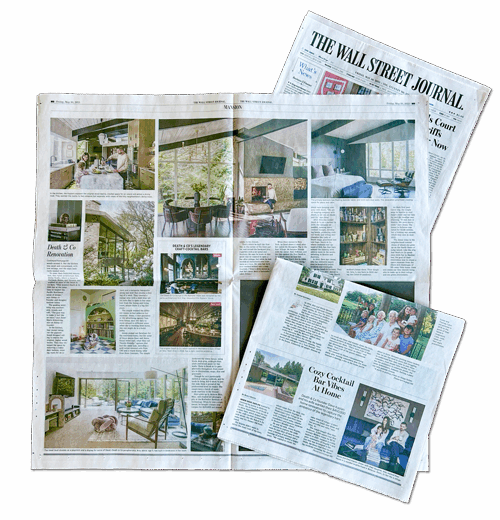
Hats
Toronto, OntarioBy: Jasmine Sykes
Walking through Toronto’s Annex neighbourhood, a familiar rhythm of bay-and-gable houses defines the streetscape – a signature of the city’s late 19th-century architecture. But if you look closely, that consistency begins to unravel. Projecting from the tops and sides of these heritage homes are unexpected additions: sloped dormers, rooftop sheds, glassed-in sunrooms, and peculiar extensions. These improvised features—what I’ve come to think of as architectural “hats”—add new layers to the historic fabric, quietly transforming the neighbourhood’s appearance over time.
These ‘hats’ are more than just creative touches; they assert the residents’ agency in shaping their own living spaces. Often born from the need to address the shortcomings of the original designs — whether to accommodate growing families, create space for intergenerational living, or add an additional rental unit — these modifications offer a glimpse into the residents’ desires for personalization and practicality. At a deeper level, they reveal something more about architecture: it’s not just about buildings, it’s about the socio-economic and cultural forces at play, and how they shape spaces to meet the real, evolving needs of the people who live in them. This evolving architecture is a reflection of its inhabitants—constantly adapting and transforming to suit their needs.
Image Credits:
Above – Mugrabi, C. (2020, May 13). The Guggenheim Hat. Minnie Muse.
Slide 1 & 2 – Personal Photos, Toronto
Slide 3 – Open Culture. (2025, January 1). Famous architects dress as their famous New York City buildings (1931).





